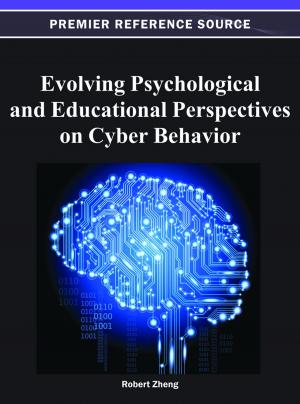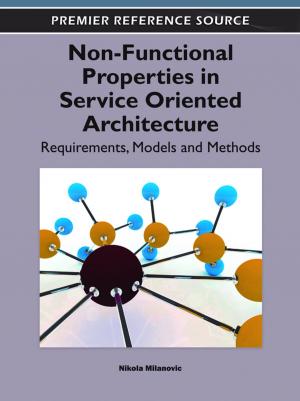Virtual Immersive and 3D Learning Spaces
Emerging Technologies and Trends
Nonfiction, Computers, Advanced Computing, Virtual Reality, General Computing, Reference & Language, Education & Teaching| Author: | ISBN: | 9781466608054 | |
| Publisher: | IGI Global | Publication: | September 30, 2010 |
| Imprint: | Information Science Reference | Language: | English |
| Author: | |
| ISBN: | 9781466608054 |
| Publisher: | IGI Global |
| Publication: | September 30, 2010 |
| Imprint: | Information Science Reference |
| Language: | English |
Immersive learning has grown in popularity with the development of open-source immersive 3D learning spaces. Those in e-learning have been working to find ways to capitalize on immersive learning through simulations, digital kiosks, live virtual events, live interactivity, instructor-facilitated learning, AI-driven robots, and hyper-realistic experiences. Virtual Immersive and 3D Learning Spaces: Emerging Technologies helps push the conceptual and applied boundaries of virtual immersive learning. Virtual immersive spaces bring with them plenty of promise, of sensory information-rich learning experiences that will enable a much wider range of experiential learning and training—delivered to computer desktops, augmented reality spaces, digital installations, and mobile projective devices. This work explains how these spaces may be exploited for effective learning in terms of the technologies, pedagogical strategies, and directions.
Immersive learning has grown in popularity with the development of open-source immersive 3D learning spaces. Those in e-learning have been working to find ways to capitalize on immersive learning through simulations, digital kiosks, live virtual events, live interactivity, instructor-facilitated learning, AI-driven robots, and hyper-realistic experiences. Virtual Immersive and 3D Learning Spaces: Emerging Technologies helps push the conceptual and applied boundaries of virtual immersive learning. Virtual immersive spaces bring with them plenty of promise, of sensory information-rich learning experiences that will enable a much wider range of experiential learning and training—delivered to computer desktops, augmented reality spaces, digital installations, and mobile projective devices. This work explains how these spaces may be exploited for effective learning in terms of the technologies, pedagogical strategies, and directions.















